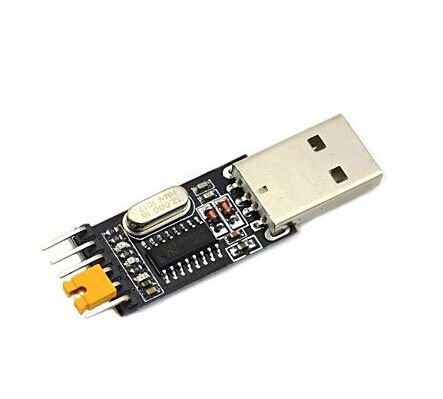Before beginning this discussion, I thought I would take the opportunity to thank Les Pounder for his Pico articles in Tom’s Hardware. If you scroll down to the bottom of this article, Les provides links for some very beneficial information. I used his reset button tutorial that makes reprogramming quick and easy.
Now on to the matter at hand. If you recall, my overall intention is to provide a Telemetrix interface so that the Pico may be programmed remotely using standard Python 3 from your PC or Raspberry Pi.
Telemetrix is wholly dependent on having a communications link between the PC and the MCU. In the case of the Pico, currently, that link is a serial link running at 115200.
In the last posting, I ran a quick and dirty test to loop back a short data string that originated from a PC. The serial interface used was the USB connector on the Pico, and the library for input and output was stdio. The intention was to time how long a round trip would take for a single iteration of looping back the string.
I was curious if there might be a speed advantage in using the Pico UART library over the previous experiment. To use the UART library, one must connect a TTL-to-USB converter module to the Pico.

I modified uart_advanced.c that is provided in the Pico examples directory.
I also modified the Python script I used in the previous posting to use the communications port assigned to the converter. What I found was surprising. A single round trip of 5 characters took over a second to perform. I am probably missing something, but I could not find any delays within the example code. Interestingly, if I subtract one second from each reported round trip sample, the time is very close to that measured for the USB cable. Again this very long delay that I saw is most likely ignorance on my part. I documented the issue and provided the code for both the modified Pico app and Python script in the Raspberry Pi forum. Hopefully, someone will explain the delay I am seeing.
So, what does this mean? If my assumption is correct about some hidden 1-second delay and that the delay is removable, the performance between a straight USB cable connection versus a TTL-to-USB converter is equivalent.
Therefore, I am going to continue development using the USB cable solution.
I also tried MicroPython using the Python std library to get a performance comparison. Outputting using std.write or print works fine, but using std.read seems to confuse the MicroPython REPL. As a result, I am abandoning my hope for a MicroPython solution using a USB cable. I have not tried using the UART with MicroPython.
Next, I will write the Telemetrix Python client and Pico server to control a digital input pin, digital output pin, PWM output mode pin, and an analog input pin. The API will be similar to that for the Arduino, which may be viewed here.
Once the client is completed, I intend to provide an asyncio version and a Scratch 3 extension for the Pico.
Stay tuned!

